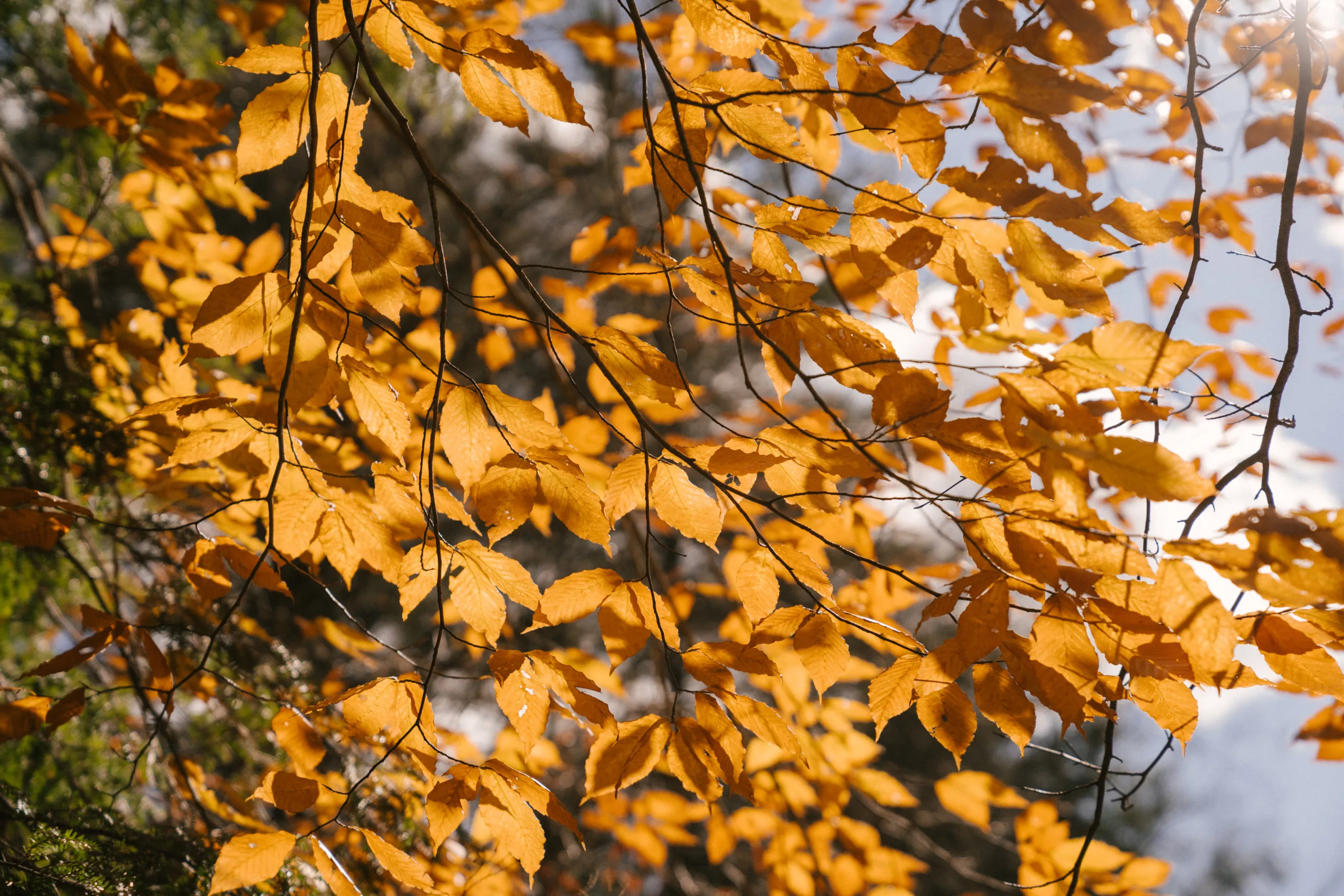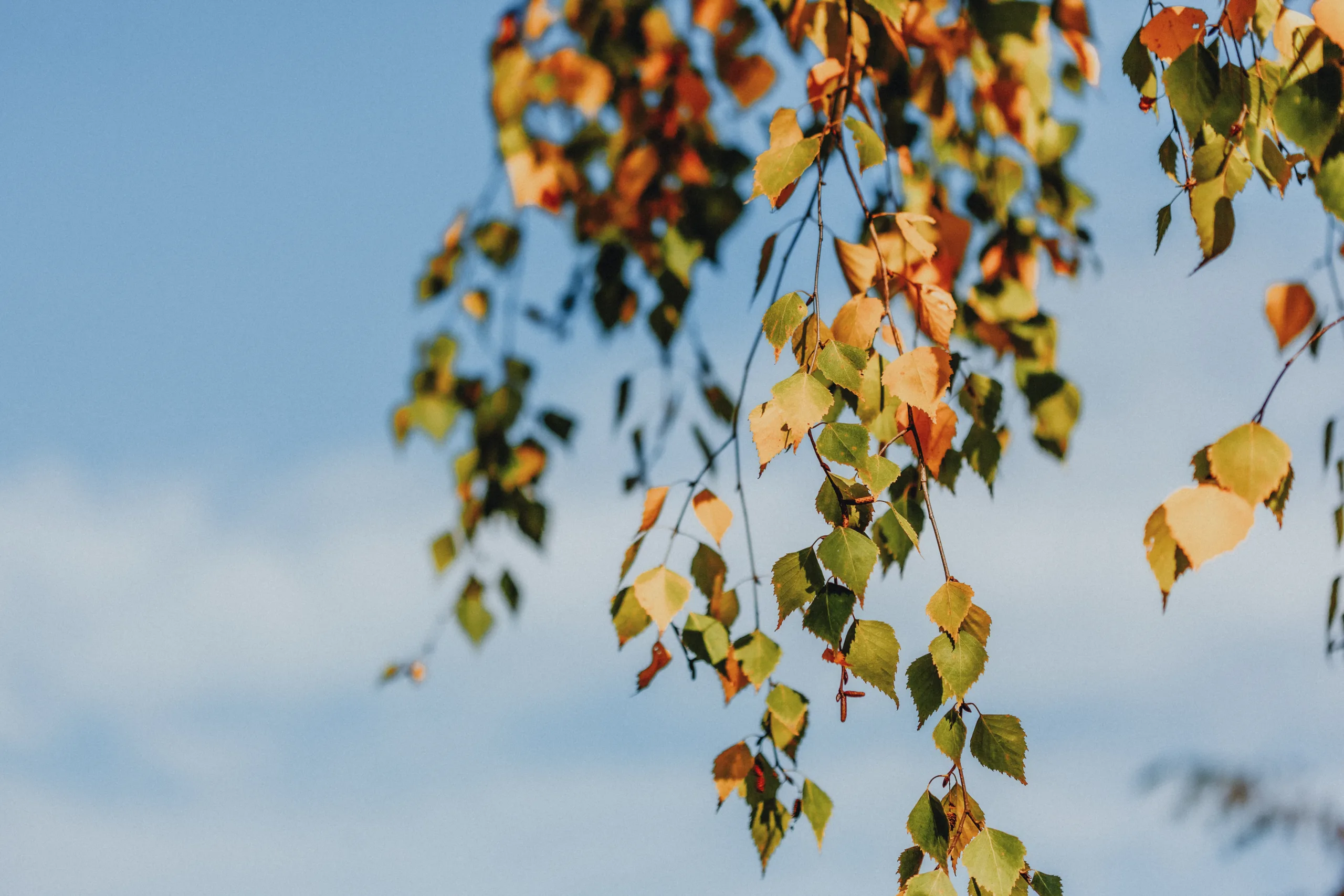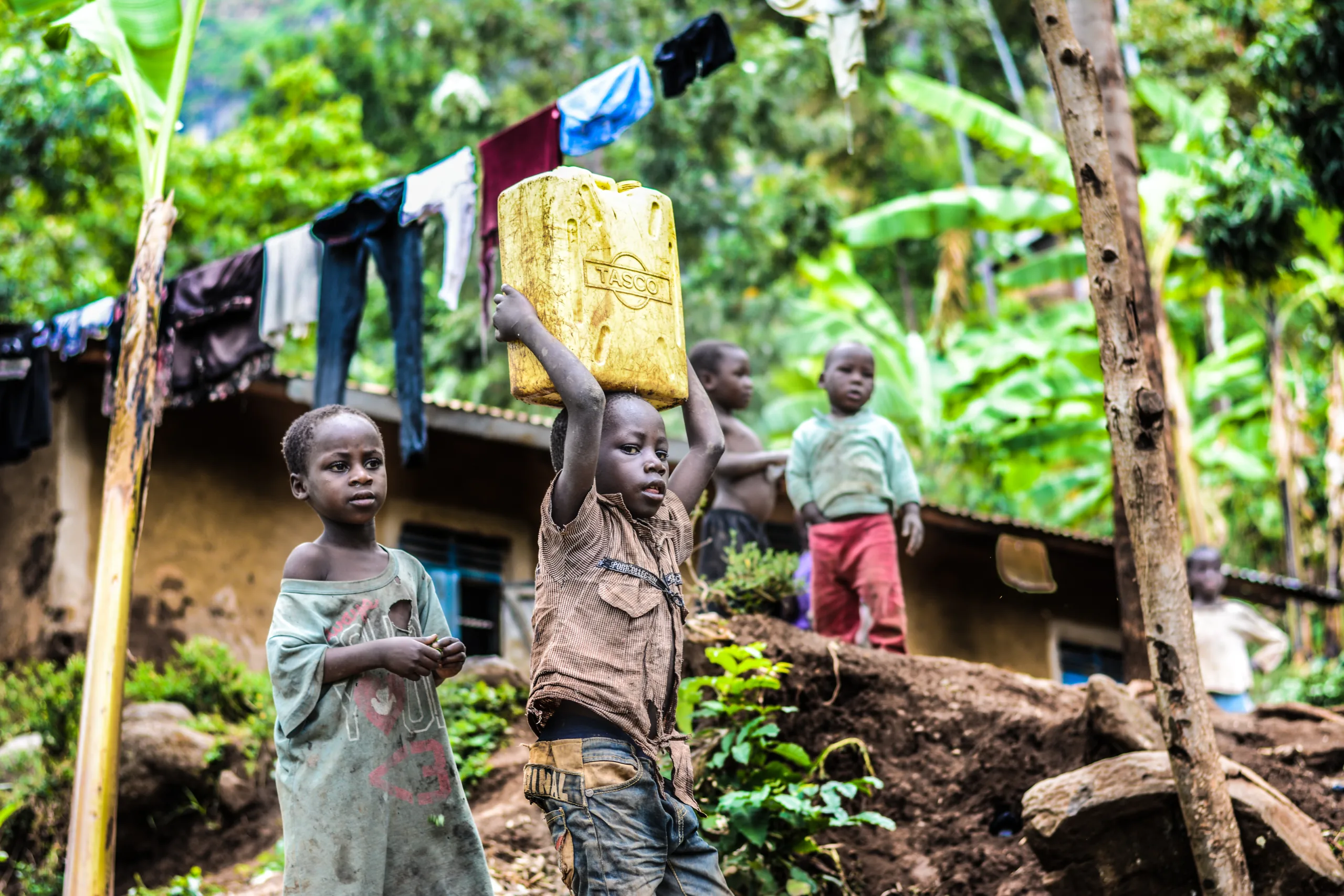Can You Grow Birch Trees From Cuttings?
Birch trees are an attractive, hardy species of trees that can be used to provide shade, beauty, and a habitat for wildlife. Growing birch trees from cuttings is an appealing idea for gardeners and landscapers who may not have access to seedlings or saplings. Achieving success with birch tree cuttings requires patience and knowledge of the necessary steps. In this article, we will discuss the different types of birch trees, how to take cuttings from them, and how to properly care for them in order to create healthy and vibrant trees.
An introduction to Birch Trees would include information about their botanical family, Betulaceae, their natural habitats, and the wide variety of Birch tree types. Birch trees are generally found in temperate northern hemisphere climates and are recognizable by their white bark and conical shape. There are several species of Birch trees, each with its own distinct characteristics, including Silver Birch (Betula Pendula), Paper Birch (Betula Papyrifera) and River Birch (Betula Nigra). These trees are often used for landscaping and timber production due to their fast growth rate and adaptability.
Can Birch Trees be Grown from Cuttings?
Yes, birch trees can be grown from cuttings. While it is more difficult than other methods of propagation, such as sowing seeds or taking root cuttings, it is possible. The most successful method for propagating birch trees from cuttings is called stem cuttings. In stem cuttings, a cutting of a stem with at least three buds is taken and inserted into the soil. The cutting must have some leaves to provide energy for the plant to survive and grow.
The best time of year to take stem cuttings from birch trees is in late summer or early autumn when the plant is actively growing. It is important to select healthy stems that are not diseased or damaged in any way. Once the cutting is taken, it should be placed into a pot filled with moist soil and kept in an area with indirect sunlight until roots form and the cutting takes root.
Once rooted, the cutting can be transplanted into its permanent position in the garden or landscape. It may take several years for the new tree to reach maturity but with proper care it will eventually become a healthy adult tree. As with all propagating methods, success rates vary depending on how well the conditions are managed and how healthy the original tree was before taking the cutting.
In conclusion, birch trees can be grown from cuttings if done correctly and at the right time of year. With patience and dedication, a new tree can be successfully established from just one small cutting!
Different Types of Birch Trees
Birch trees are a genus of deciduous trees found in the Betulaceae family. They are native to temperate regions of the Northern Hemisphere, but can also be found in other parts of the world. There are many different species of birch, each with its own unique characteristics. Some of the most common types include white birch, river birch, and paper birch.
White birch is a fast-growing tree that can reach heights of up to 80 feet. It has a smooth, light-colored bark with attractive white or gray stripes that make it stand out among other trees. Its leaves are oval shaped and have serrated edges. White birch is often used as an ornamental tree due to its attractive bark and graceful shape.
River birch is a medium-sized tree that grows up to 40 feet tall. It thrives in wet soil and can tolerate flooding better than many other species of birch. Its bark is typically reddish-brown and scaly, giving it an interesting texture. The leaves are pointed at the tip with doubly serrated edges and a bright green color when mature. River birch also produces attractive catkins which may be yellow or red depending on the species.
Paper birch is another popular type of birch tree that can reach heights up to 70 feet tall. Its bark is papery and white in color with dark brown stripes running along its length. Paper birch has triangular shaped leaves with finely serrated edges that turn yellow in autumn before falling off for wintertime dormancy. This species is often used as a shade tree or ornamental due to its attractive appearance and fast growth rate.
Preparing the Site
Preparing the site for planting a birch tree is the first step in ensuring effective and healthy growth. Before planting, it is important to remove any weeds or debris from the area. Additionally, it is best to loosen the soil to a depth of at least 12 inches to allow for better nutrient absorption. It is also important to ensure that the soil has adequate drainage and not be too compacted. When selecting the spot for your birch tree, make sure that it has access to plenty of sunlight, as birches require direct sunlight to thrive.
Digging a Hole
Once you’ve chosen an ideal spot for your birch tree, it’s time to begin digging its hole. The hole should be slightly bigger than the root ball of your tree and deep enough so that when planted, the roots are just below ground level or slightly higher. When planting in soil with poor drainage, be sure to create a depression around the hole and fill it with gravel or sand in order to provide better drainage.
Adding Fertilizer
When planting a birch tree, adding fertilizer can help promote strong root development and healthy growth. Before adding fertilizer into the hole, mix it into any soil removed from digging and also add some compost for added nutrients. Once mixed thoroughly, place about one-third of this mixture into the bottom of your hole before placing your tree in position and filling in with remaining soil-fertilizer mix.
Watering After Planting
Watering your new birch tree immediately after planting is essential in ensuring successful growth as well as helping prevent shock during transplantation. It is best to water thoroughly until water starts draining around the base of your tree; this will help ensure that all roots have been sufficiently moistened. Additionally, during dry weather or periods of drought, continue watering regularly until your birch tree has become established and grown its own root system capable of absorbing moisture from surrounding soil independently.
Planting a Birch Tree
Planting a birch tree is a great way to add beauty and shade to your landscape. A birch tree can grow up to 40 feet tall and provide cooling shade for your home and yard. When selecting a location for your birch tree, choose an area that has well-drained soil and receives at least six hours of direct sunlight each day. Before planting the birch tree, dig the hole twice as wide as the root ball and just as deep. Fill the hole with soil amended with compost or other organic matter. Place the root ball in the hole, making sure it is level with the ground, then backfill with soil and firmly tamp down to remove any air pockets. Water thoroughly to settle the soil around the roots. Add a 2-3 inch layer of mulch around the base of the tree to help retain moisture and keep weeds away.
Cutting
When it comes time to prune your birch tree, use sharp bypass pruners or lopping shears for branches less than 1 inch in diameter. For larger branches, use a pruning saw or chainsaw. Make sure all cuts are clean and close to where two branches join together or at a bud. Prune away any dead or diseased wood first, then shape the canopy by removing any crossing branches or those growing inward toward the trunk of the tree. Prune away any suckers that come up from below ground level near its base.

Watering
It is important to water a newly planted birch tree regularly. This ensures that the tree has enough moisture to thrive and establishes a healthy root system. When watering, it is best to use a slow and steady stream of water at the base of the tree, making sure that you do not over-saturate the soil. Watering can be done on a weekly basis, or more often during periods of extreme heat or dryness. It is important to check the soil moisture level before watering, as too much water can cause the roots to rot.
Caring for a Newly Planted Birch Tree
The care of a newly planted birch tree should include mulching around the base of the tree, which helps to retain moisture in the soil and keeps weeds away. Pruning should also be done regularly, removing any dead or diseased branches and thinning out any overcrowded areas. Fertilizing should be done every spring with a balanced fertilizer formulated for trees and shrubs. Finally, it is important to inspect your birch tree regularly for signs of disease or insect infestations, and take steps to address any issues quickly before they become more serious problems.
Environmental Conditions
Growing a birch tree from cuttings requires an ideal environment for the tree to thrive. The most important environmental factor to consider is the amount of sunlight that the tree will receive. If the tree is exposed to too much sunlight, it can cause stress and result in poor growth. On the other hand, if the tree is not exposed to enough sunlight, it can struggle to survive in its environment. Additionally, soil conditions must be taken into account when planting a birch tree from cuttings. The soil should be fertile and well-drained, as this will allow for adequate water absorption and provide essential nutrients for growth.
Watering and Fertilization
Watering and fertilization are two key factors that affect the success of growing a birch tree from cuttings. The soil must be kept consistently moist but not overly saturated, as this could lead to root rot or other diseases. In order to ensure proper water absorption and growth, a regular watering schedule should be established. Additionally, fertilizing the soil with a balanced fertilizer can help promote healthy growth and development of the new birch tree.
Pruning
Pruning is an important step in ensuring successful growth of a birch tree from cuttings. Pruning helps control the size of the tree as well as promote strong structure and structure uniformity throughout its branches. It also helps remove any diseased or weak branches that could potentially inhibit growth or cause problems in later stages of development. Pruning should be done regularly throughout the life of the birch tree in order to ensure healthy growth and development over time.
Common Diseases and Pests Associated with Birch Trees
Birch trees are prone to a number of diseases and pests, which can cause severe damage if left unchecked. Two of the most common diseases of birch trees are canker diseases and leaf spot diseases. Canker diseases are caused by fungi that attack the bark, twigs, and branches of birch trees. These fungi can cause cankers on the tree’s bark, which may lead to the death of affected branches. Leaf spot diseases are caused by bacteria or fungi that infect the leaves, causing discolored spots on them. If left untreated, these spots can eventually lead to leaf loss.
Birch trees are also susceptible to insect infestations, such as aphids, mites, borers, and scale insects. Aphids feed on the sap of birch trees and can weaken them if they become too numerous. Mites and borers bore into the bark of birch trees and feed on its inner tissues, weakening them over time. Scale insects also feed on sap from birch trees and excrete a sticky substance called honeydew that attracts other pests such as ants. If not controlled quickly, these pests can severely damage or even kill a birch tree.
In addition to these common problems, birch trees may also suffer from other diseases such as powdery mildew or Verticillium wilt. Powdery mildew is a white fungus that forms on the leaves of birch trees in humid conditions. Verticillium wilt is caused by a soil-borne fungus that blocks water and nutrient transport within the tree’s vascular system, leading to wilting leaves and branch death in severe cases.
Preventing disease or pest infestations in birch trees is possible with proper maintenance and care. Regularly inspect your tree for signs of disease or insect activity; prune dead or damaged branches; avoid over-watering; fertilize when necessary; mulch around the base of your tree; choose resistant varieties when planting; treat any infections quickly with an appropriate fungicide or pesticide; and remove any fallen leaves or debris promptly to prevent disease spread among your plants. Doing these simple steps will help ensure your birch tree stays healthy for years to come!

Conclusion
Birch trees are relatively easy to propagate from cuttings, and the process is straightforward. Taking cuttings from healthy birch trees and properly caring for them can result in a successful propagation. It’s important to remember that birch trees may take several years to become established and produce seeds, but with proper care and patience, you can grow strong, healthy trees from cuttings.
If you’re looking for a way to add more birch trees to your landscape, propagating them from cuttings is a great option. With the right materials and techniques, you can increase the number of birch trees in your yard without having to purchase additional plants or saplings.

My interest in trees started when I first saw the giant sequoias in Yosemite.
I was a teenager then, and I remember thinking, “I need to learn more about this.”
That moment stuck with me.
A few years later, I went on to study forestry at Michigan Tech.
Since graduating, I’ve worked in a mix of hands-on tree care and community education.
I’ve spent over ten years helping people understand how to plant, maintain, and protect the trees in their neighborhoods.
I don’t see trees as just part of the landscape.
They are living things that make a real difference in our daily lives.
